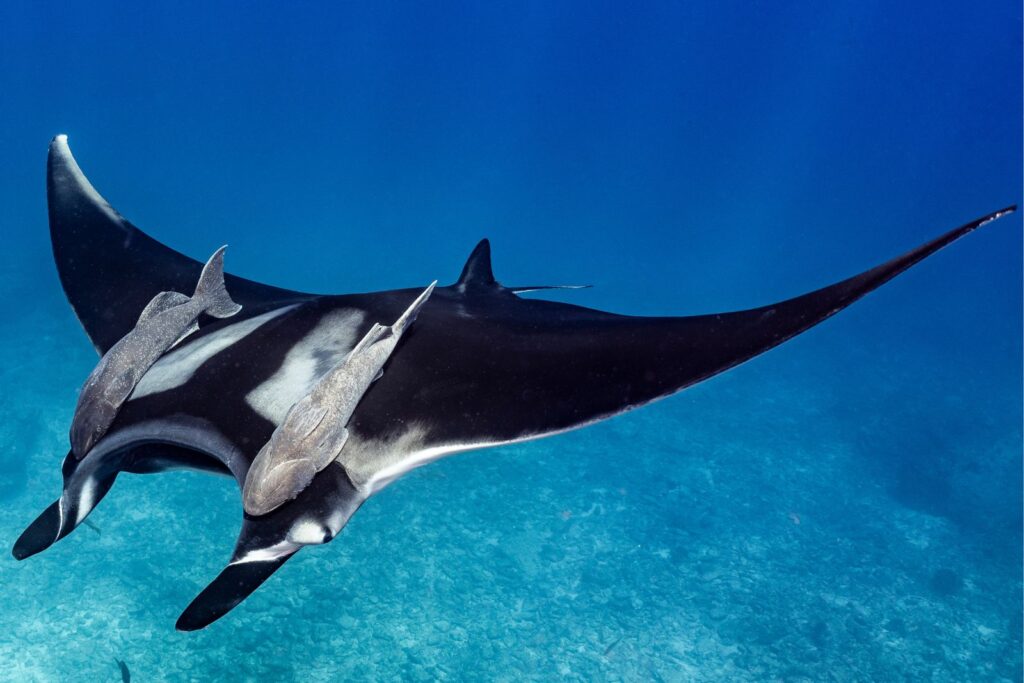Mallard Duck: Iconic Waterfowl of Wetland Habitats
Introduction to the Mallard Duck
The mallard duck, scientifically known as Anas platyrhynchos, is one of the most recognizable and widespread duck species in the world. With its vibrant plumage and characteristic quacking call, it is a familiar sight in ponds, lakes, rivers, and wetlands.
Male mallard ducks, known as drakes, display striking iridescent green heads, yellow bills, and a distinctive curled tail feather. Females, known as hens, have more muted plumage with mottled brown feathers for camouflage.
Anatomy and Behavior
Mallard ducks have adapted to a variety of aquatic environments, including freshwater lakes, marshes, and urban ponds. They are dabbling ducks, meaning they feed by tipping their bodies forward in the water to reach vegetation, insects, and small invertebrates.
During the breeding season, male mallards perform elaborate courtship displays to attract females. These displays often involve head bobbing, tail wagging, and vocalizations. Once paired, the female selects a nesting site near water to lay her eggs.
Ecological Role and Conservation
Mallard ducks play a vital role in wetland ecosystems as both predators and prey. They help control insect populations and disperse seeds, contributing to the health and diversity of aquatic habitats.
While mallard populations are generally stable, they face threats from habitat loss, pollution, and hunting. Conservation efforts aimed at preserving wetland habitats and regulating hunting activities are essential for ensuring the long-term survival of these beloved waterfowl.

